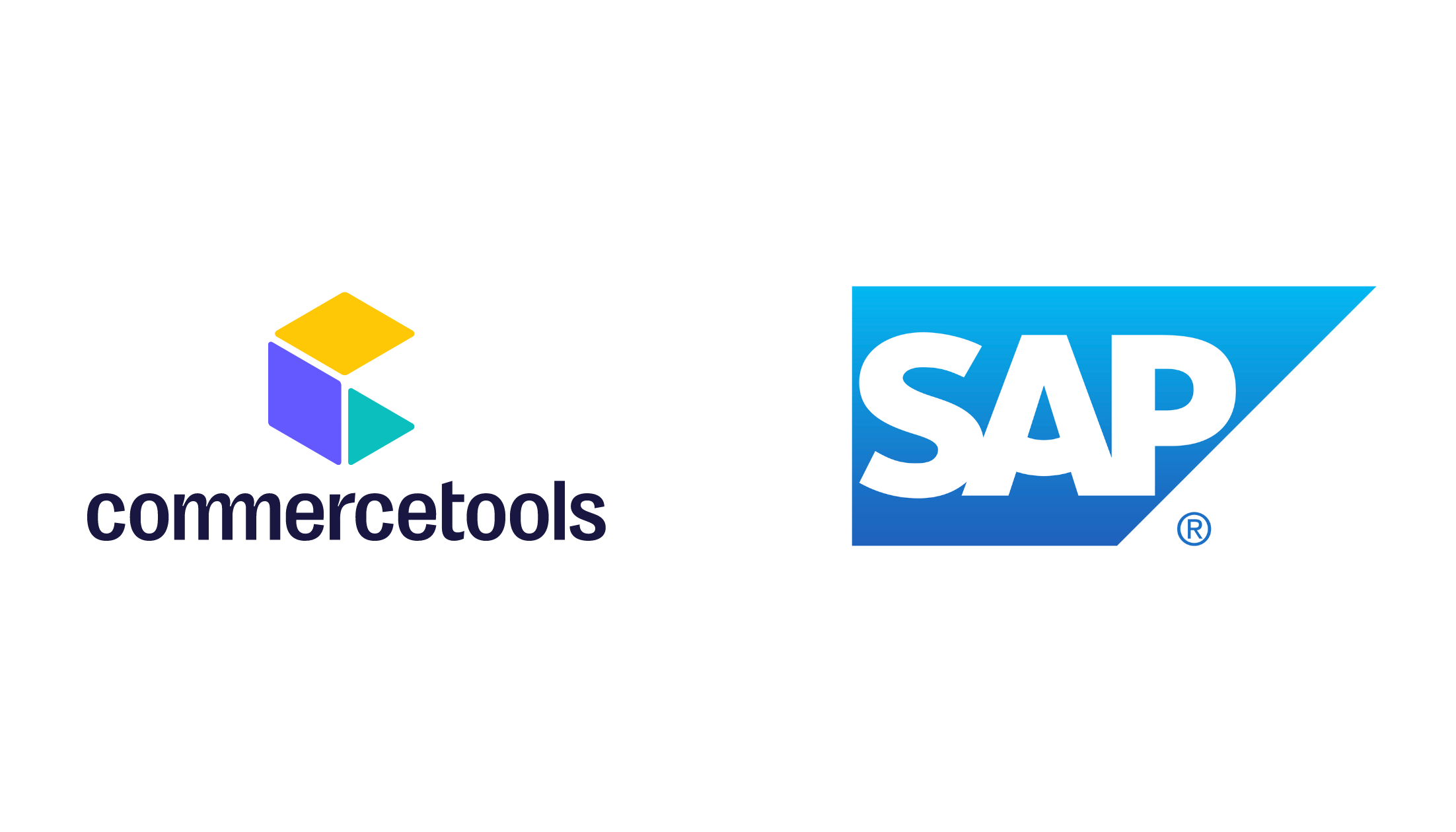commercetools vs SAP: Technical comparison

In a fast-moving digital market, merchants need to enhance their agility and flexibility. Customer demand is constantly changing, new touchpoints are emerging, and innovative ways of communication between consumers and providers have appeared. Brands need to be able to quickly build new prototypes, experiment with the user experience, and create great services for their customers to drive loyalty.
However, in reality, many organizations are unable to build new business models due to their slow and hard-to-adapt commercial platforms that effectively stifle innovation. In particular, SAP Hybris, CCV1, and CCV2 have seen a decrease in relevance among their customers, leading many of them to feel dissatisfied and reconsider their choice of commerce solution. The only way out is to switch to another, more flexible architecture, such as commercetools.
In this article, we will compare Commercetools and SAP as commerce solutions, highlighting their differences in terms of infrastructure, extensibility, maintainability, induction, vendor dependency, market release, partner network, licensing, and return on investment.
Overview
commercetools: highly functional and scalable modern commerce solution for current and future B2B and B2C use cases.
SAP: generic commerce suite built 20 years ago for the era of legacy web pages. For average B2B and B2C use cases.
Infrastructure Flexibility
Infrastructure flexibility refers to a system's ability to be adapted, updated, and improved by the system team.
commercetools: highly customizable with well-documented APIs, GraphQL support, and separate frontends and backends (headless).
SAP: Extensions are located at the core of commerce and must be updated every time SAP releases a new version. This is a complex process, and most clients decide not to update and stick with outdated software that will soon reach the end of its life.
Extensibility
Extensibility is the ability of a system to allow the addition of new capabilities or functionalities.
commercetools: Easily create or customize functionality that looks and works like a native part of the platform through extensible APIs.
SAP: While most SAP components can be extended, it requires a lot of effort from developers. In addition, extensions result in a central platform that is difficult to update and with risky implementations, as the entire platform must be launched.
Maintainability
Maintainability refers to the ability of a system or application to be easily maintained, repaired, or updated. A highly maintainable system is one that can be modified, repaired, or updated without significant effort or cost.
commercetools: Always up-to-date (we release around 150 updates per year). Background updates that do not require additional effort or downtime for maintenance.
SAP: Updates are painful. Many SAP clients struggle with updates because they are so complex and difficult to implement, mainly because they are at the core of commerce.
Induction
Level of complexity to train your team on a new technology and start using it.
commercetools: The widespread use of open standards and language-agnosticism allows any developer to easily work with Commercetools. The induction process is easy and completed within days, and the workflow is simplified thanks to the separation of frontends and backends.
SAP: Certified and more expensive developers are required to work with SAP's closed and proprietary system. In addition, the complexity of the SAP suite makes the onboarding process a difficult task, usually taking up to 6 weeks.
Vendor Dependency
The level of dependency on the technology manufacturer.
commercetools: The "Best-of-breed technologies" concept gives you the freedom to use the best available components for different parts of your business ecosystem and easily integrate Commercetools into the overall landscape, without being limited to a single vendor.
SAP: Replacing core features such as search, shopping cart, and checkout is very challenging, time-consuming, and expensive, if not impossible. Adding or replacing minor features is possible, but also complicated.
Time to Market
Speed at which you can implement new features an go live to market.
commercetools: Microservice-based solution makes continuous implementation easy. SAP: Due to its size and dependencies, monoliths are more difficult to implement.
Partner Network
commercetools: Wide network of partners in different industries and system integrators. Easily discover compatible integrations and extensions through the Integration Marketplace.
SAP: The SAP environment is closed and controlled. It intentionally limits users' access to other products or services that are not their property. Integration with external applications is possible, but difficult.
Licensing
Payment models for acquiring a license from the provider.
commercetools: Demand-based pricing model, pay as your commerce grows. Affordable licenses paid over the long term. Updates and maintenance included, no hidden costs.
SAP: SAP Hybris and SAP CCV1 have a high upfront one-time payment. Prices are based on sales/orders volume with many restrictions. Updates cost extra. SAP CCV2 is an AVC model, but still has high update costs and expensive customization options.
TCO/ROI
TCO refers to the total cost of acquiring, maintaining, and operating an asset during its life cycle. On the other hand, ROI is the gain or benefit obtained from an investment.
commercetools: Reduce your TCO by up to 72%; increase your ROI by up to 60% as software development is easier and reduces development time; with open and non-proprietary standards that facilitate the hiring of technology talent.
SAP: Multiple versions, higher licensing costs, limited customization options, and highly specialized (and expensive) developers drive high TCO and low ROI, especially in SAP Hybris and SAP CCV1.


